Posted on November 15, 2020 (Updated April 16, 2023)
The LZOS MC MTO-11CA 1000mm F10 is a mirror reflex lens or catadioptric lens with a Maksutov-Cassegrain optical design. Mirror lens uses a combination of mirrors and lenses to produce folded optical path, resulting in a compact lens capable of a very long focal length. The Maksutov is a catadioptric optical design that combines a spherical mirror with a meniscus lens. This design was patented by Russian optician Dmitri Dmitrievich Maksutov in 1941.1 The Maksutov systems are free from chromatism, coma, and in many cases also from astigmatism. LZOS stands for Lytkarino Plant of Optical Glass (Лыткаринский завод оптического стекла), it is an optical company in Lytkarino, in the Moscow Oblast of Russia. MC means multi-coating (МногоСлойное покрытие). According to the Zenit Camera site, the letters “MTO” stands for “Максутова Теле-Объектив” (Maksutov Tele-objektiv = Maksutov Telelens) or “Менисковый Теле-Объектив” (Meniskoviy Tele-Objektiv = menicus telelens). A – it’s russian mark for lens with interchangeable mount (for example Jupiter 37A). Adapters are marked “КП-А/M42″ (KP-A/M42) – thread mount M42;”КП-А/Н” (“KP-A/N”) – Nikon mount; and “КП-А/K” (“KP-A/K”) – Pentax mount etc.

The MTO 1000mm is well-built, with all metal construction. It weighs 1.9 Kg, with fixed f10 aperture, the minimum focus distance is 8m, field of view is 2.5° at infinity. The lens equipped with a sliding lens hood. The effective aperture (T-number) of this lens is estimated to be approximately T16 due to the front mirror blocking some light.


MTO 1000mm needs a sturdy tripod to get sharp pictures. It is challenging to use, but knowing its limits, strength and weakness can lead to good results.
There are lack of infomation on internet on different versions of MTO 1000mm. Based on my internet search, there are at least three versions of Maksutov 1000mm lens. The early version was manufactured in 1950s, the design is different from the newer MTO 1000mm, the bottom part of the lens is larger than the top part, and it has a screw on lens hood.

Based on the information from various auction sites, there are two versions of MC MTO 1000mm, one is MC MTO-11 10/1000, another version is MC MTO-11CA 10/1000. I don’t know the different between these two version, externally it looks similar.


Sample images
My MTO 1000mm is equipped with Nikon mount, I paired the lens with Nikon D800, D300 or Olympus OM-D E-M1 via an adaptor.
MTO 1000mm has no tripod collar, instead a pair of tripod mounts built into the barrel but the flat area is small and doesn’t give a good grip for a tripod plate.
Let’s go for photoshoot and see how well MTO 1000mm perform. This lens is suitable for bird photography due to its reach. Below is an uncropped image of stork-billed kingfisher taken with a M43 camera, Olympus OM-D E-M1. The bird was approximately 20 m away, it is almost frame filling. The color and the details are quite decent, the image also hold up well.
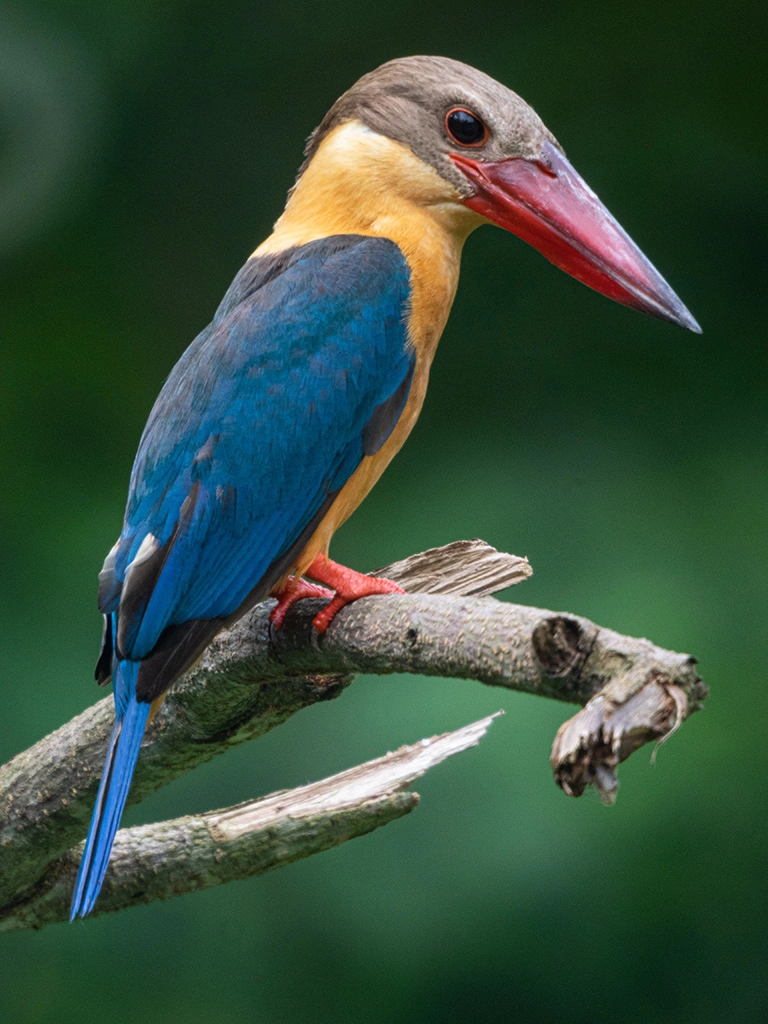
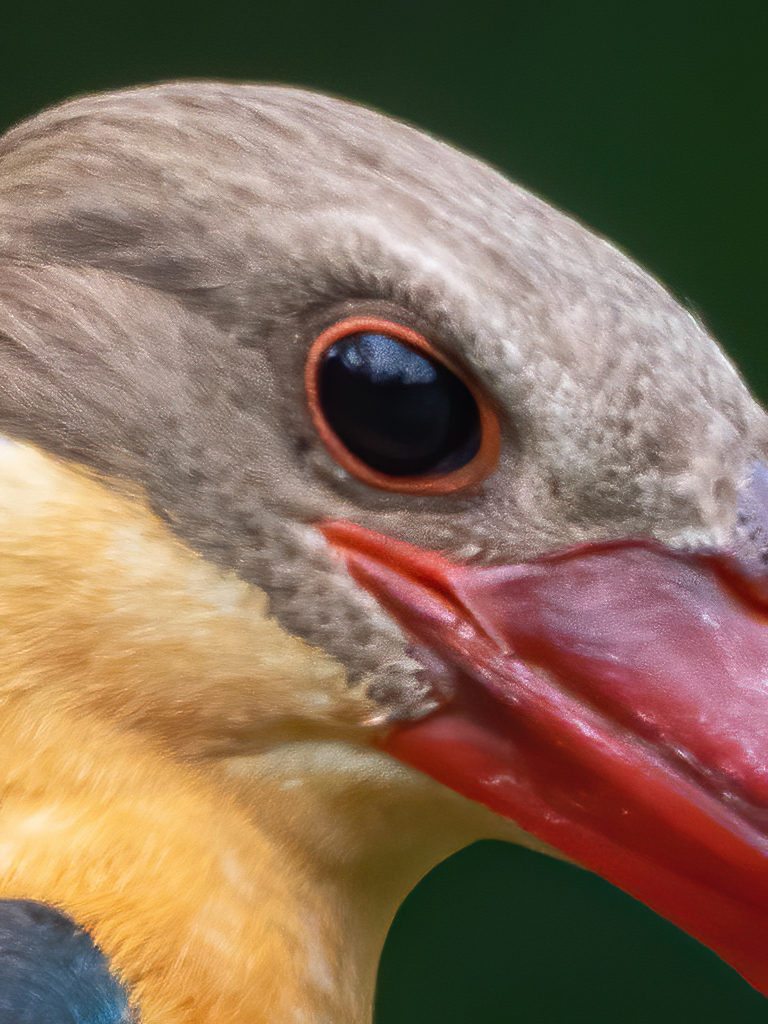
The painted stork photo shows the typical donut bokeh of mirror lens.



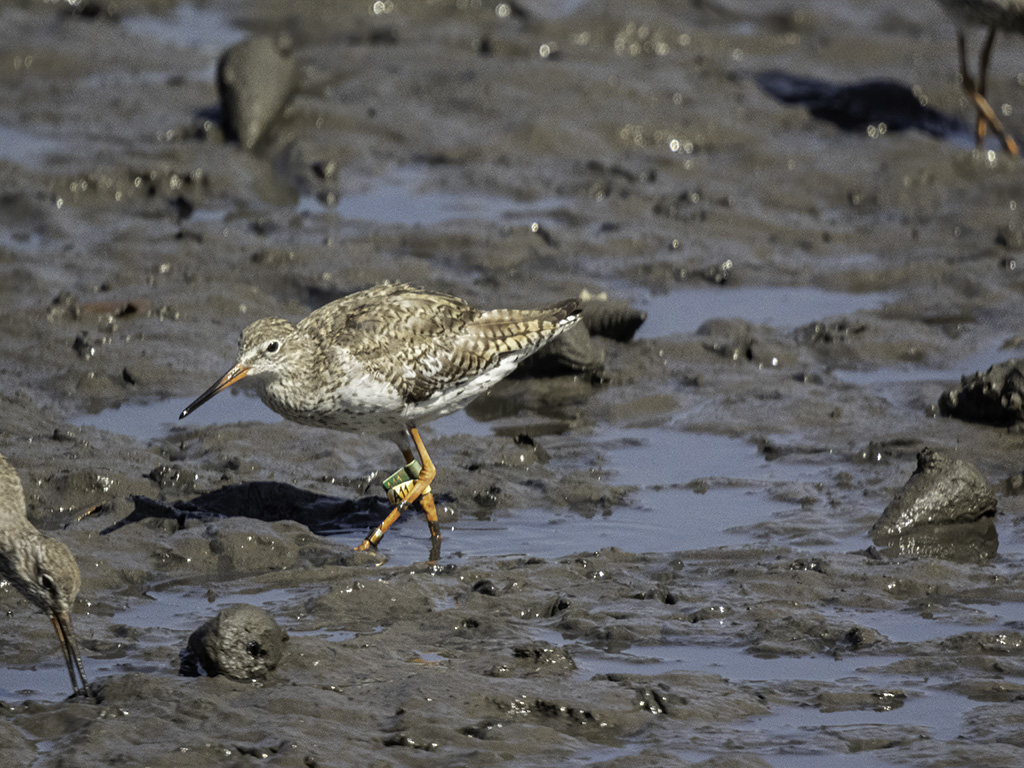
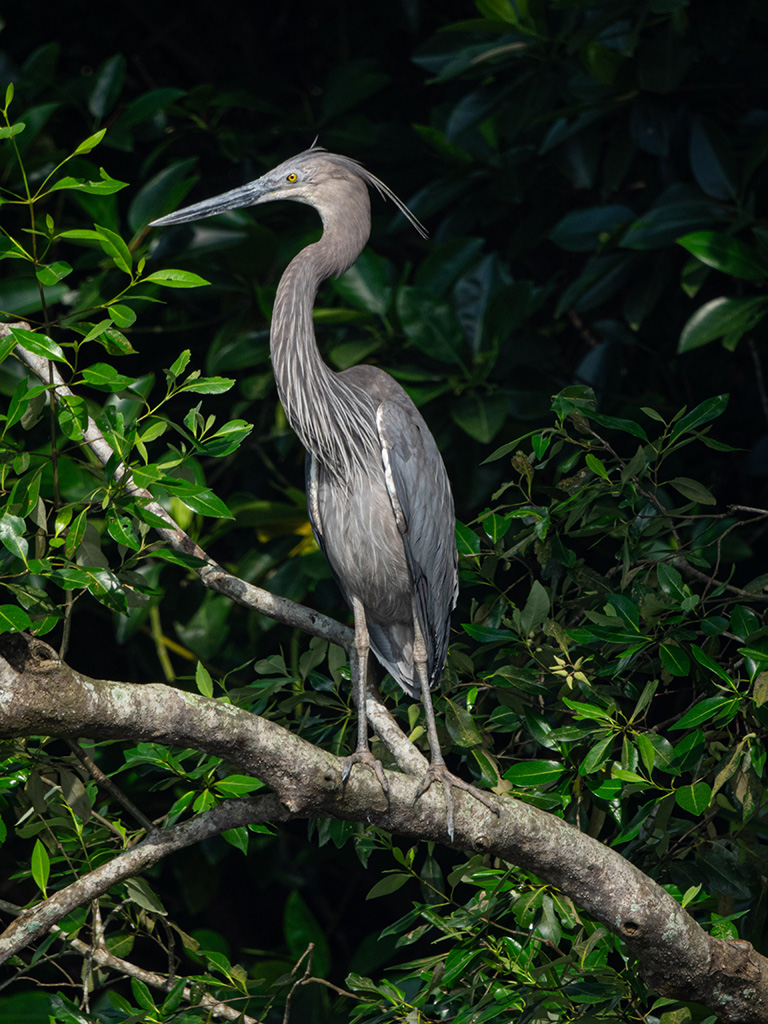
Besides digital camera, I was also shot with film to see the outcome of film photo of MTO 1000mm. I used a consumer print film, Fuji Xtra400, the photo turned out to be quite good, with decent details and contrast.

Out of fun, I mounted MTO 1000mm on an infrared converted Nikon D70s and captured some bird photos. The Nikon D70s is modified with Edmund long pass filter. Although it is a 15-year-old camera with limitations compared to contemporary cameras, the image turned out quite well.
I am happy with the performance of MTO 1000mm for photo shot of relatively static birds. This lens is difficult to use for bird in flight shot due to narrow field of view, shallow depth of field and difficulty in manual focus for moving subjects.
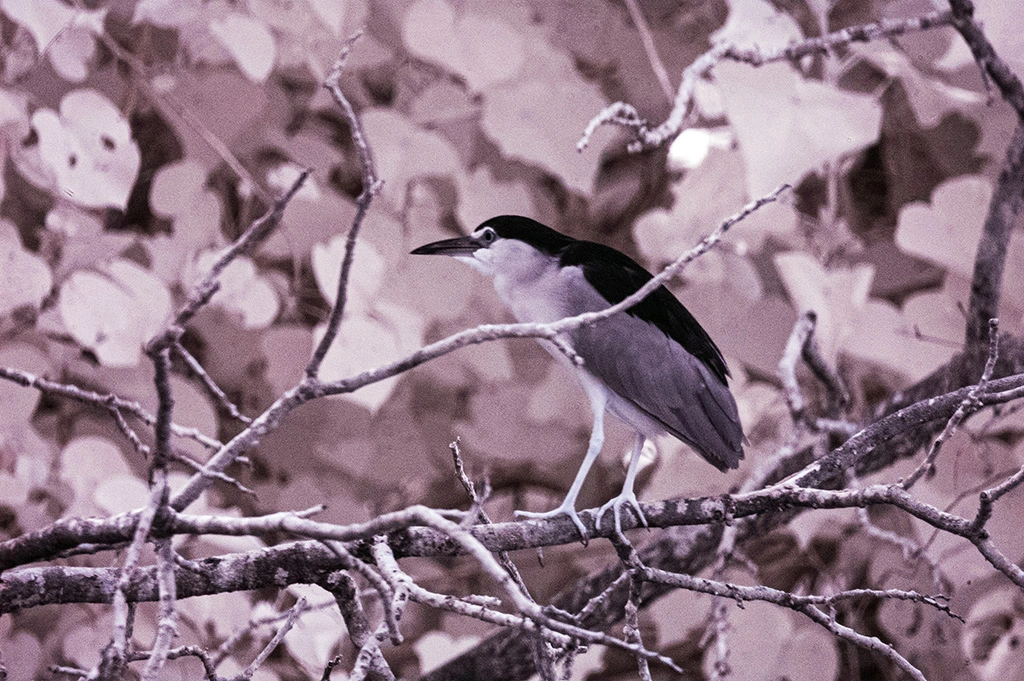
DBS Marina Regatta is an annual dragonboats racing at Marina Bay, Singapore. This event is a good opportunity to test out MTO 1000mm on “slow” sports. The long focal lens of 1000mm makes this frame filling shot possible.

Let’s do some landscape photography using MTO 1000mm, which has high magnifying power. Long telephoto lenses suffered negative effects from heat waves and atmospheric haze, longer subject distances are more likely to be negatively influenced by the distorting effects. Of course MTO 1000mm also influenced by this distortion effects especially for long distant objects. The second photo below was shot at evening before sunset, heat waves were less prominence at this time, and the atmospheric conditions were clear, visibility was good. Under these conditions, the skyscrapers at 15 km away are relatively clear, of course is not as crisp as subjects at the closer distance.


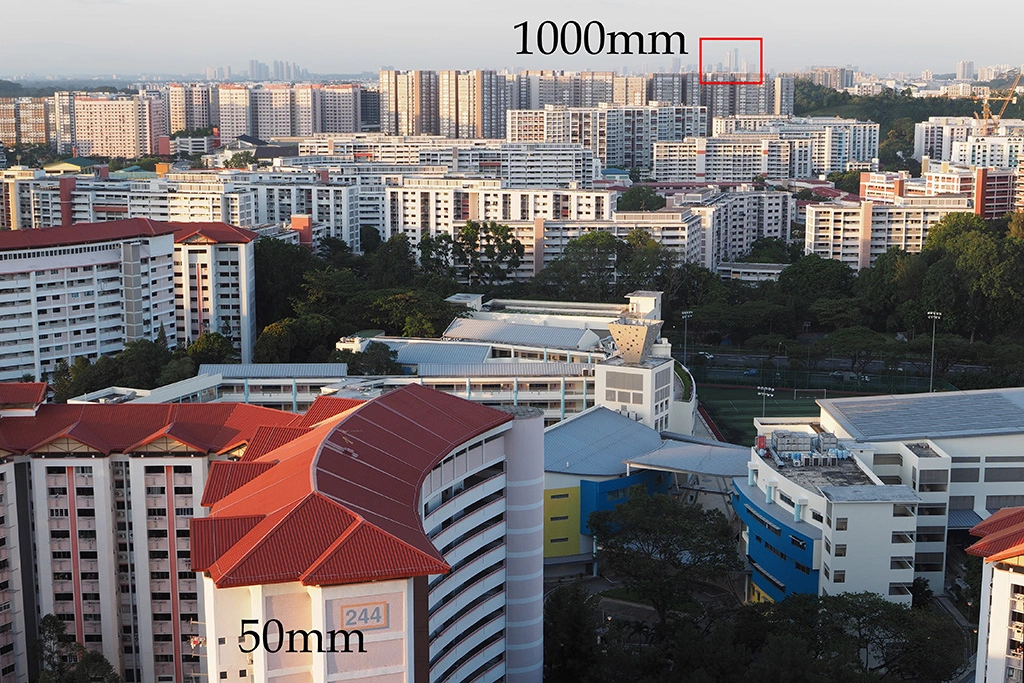
I loaded my trusty Nikon F3 with Fujichrome Provia 400X, ISO400 slide film, and firing several frames with MTO 1000mm. Below is one of the photos.

MTO 1000mm is good for detailed close-up picture of the Moon and the Sun due to its long focal length. As I mentioned previously, super telephoto landscape photography is negatively affected by heat waves and atmospheric haze. Similarly, Lunar, planetary and solar photography also influenced by weather, atmospheric haze and atmospheric seeing. Air is not uniform, we see twinkling stars because of this. The twinkling is caused by atmospheric turbulence and it can cause any ground-based lunar image into not-so-sharp rendition of the moon. Lucky imaging technique is capable of increase the signal-to-noise ratio of the image. The technique is a powerful tool for crisp, clear astrophotography. In lucky imaging technique, hundreds or even thousands of images are taken over a short timespan in order to capture some images when the seeing is steady. After that, software is employed to analyse and select good frames and the selected good frames are stack. We can get smoother and sharper frame with stacking of good frames.
I am using lucky imaging technique for lunar and solar photography. I am using the following steps: pre-process using PIPP (Planetary Image PreProcessor), stacking using AutoStakkert!3.0, sharpen using wavelet function of RegiStax 6, enhancement with Photoshop, denoise with Topaz DeNoise AI Beta. The single shot of the Moon with MTO 1000mm is lack of contrast and detail, however post-processing with lucky imaging technique greatly enhance the resolution and contrast of the lunar images.
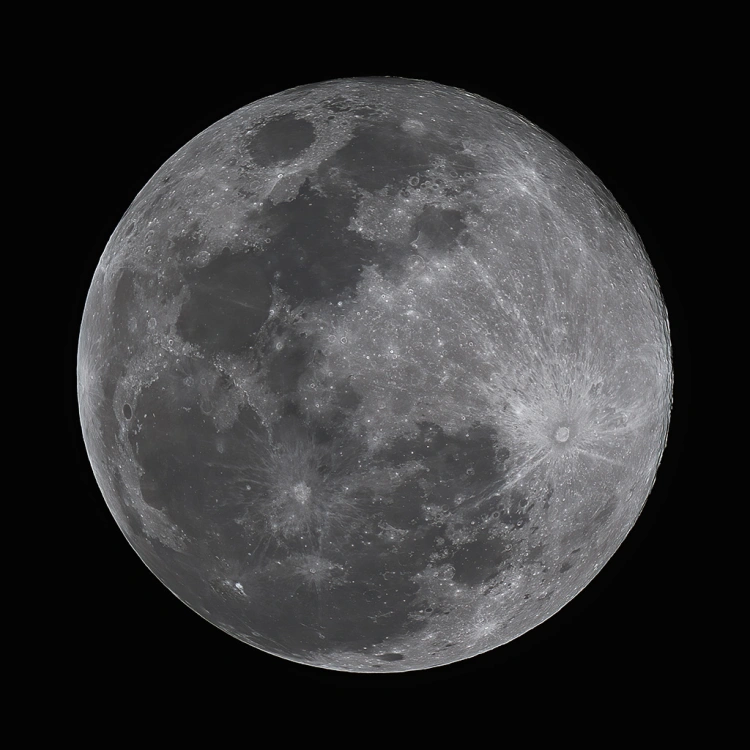
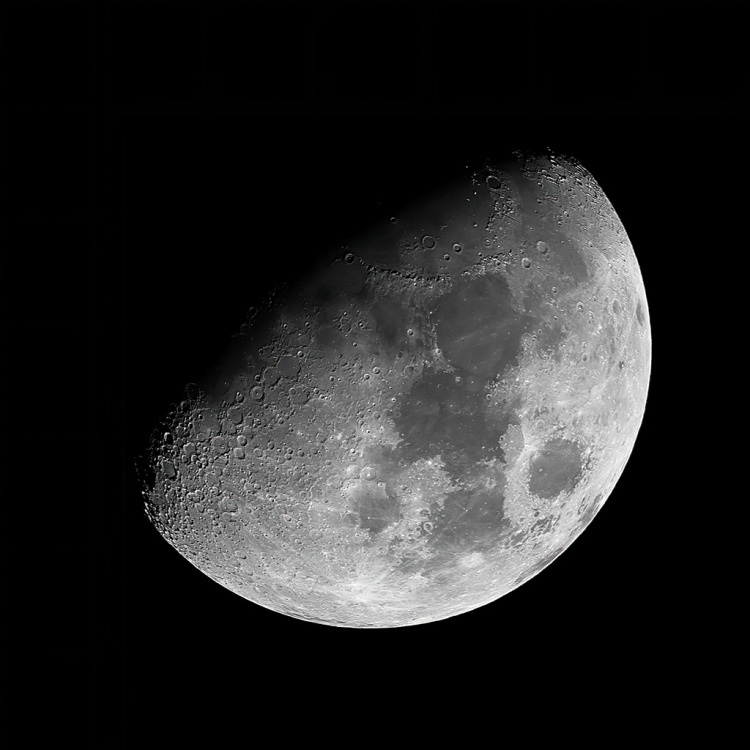
The Sun is very quiet in recent years, most of the time the Sun is spotless. However, the Sun shows sunspots in early November 2020, sunspots 2781 and 2780 are visible on the sundisk. The original frames of the Sun taken with MTO 1000mm are lack of contrast and resolution, lucky imaging technique is required to improve the contrast and sharpness of the solar image. Due to these disadvantages, this lens is not satisfactory for solar photography.
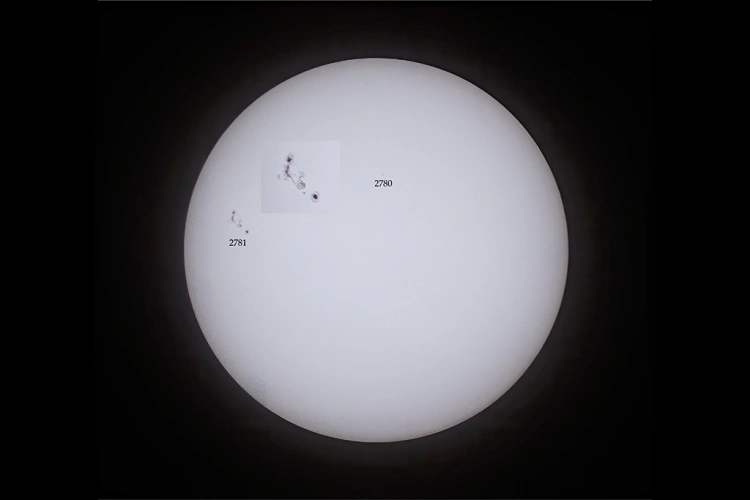
The myth of crop factor and “reach” in the context of lunar, solar and planetary photography
Photographer often talking about focal length equivalent with sensor size other than 35mm full frame. For example, a 300mm lens has 450mm focal length equivalent on APS-C camera, and has 600mm focal length equivalent on m43 camera. In terrestrial photography, we may get extra “reach” with crop camera without sacrificing too much on image quality and details. For example, it is possible to get good quality bird photographs with APS-C and m43 cameras. However, lunar, solar and planetary photography is very demanding on optics. For a given focal length, does a crop camera delivers lunar photo with more details? The answer is no. Lunar detail depends mainly on the focal length of the lens or telescope, not depend on sensor size. In other words, lens with longer focal lens produces larger image on sensor. The longer it is, the better close-ups we get.
As shown in photo below, the lunar image size on sensor depends on focal length of the lens, the lunar image size with a given focal length of 1000mm remains the same across three different image sensors. The different between different sensor is field of view, as you can see the moon almost fill the frame of m43 camera. Shorter focal lens of 400mm gives smaller image compared to longer focal length of 1000mm. In short, the lunar details are determined by the actual focal length of the lens, longer telephoto lens gives more details. This concept is also true for solar and planetary photography.

Pros and cons of MTO 1000mm
Advantages of MTO 1000mm
- Excellent reach of 1000mm.
- Relatively small size and weight, and a much lower price, compared to other long telephoto lenses.
- Capable of deliver good results when use with care.
- Lack of chromatic aberration.
Disadvantages of MTO 1000mm
- Slow fixed aperture of F10, the actual T-number is estimated to be T16 due to blocking of the front reflex mirror element.
- MTO 1000mm is a dim lens, hard to focus with optical viewfinder.
- Inherently low contrast and lack of sharpness.
- Donut bokeh turns off some photographers. For me, donut bokeh is not a problem, I seldom get donut bokeh shooting with MTO 1000mm.
Summary
Without a doubt, the MTO 1000mm could deliver good results if shot with care and patience. While it does have its inconveniences like bulky constructions and limited practicalities, its unprecedented range makes shooting of distant birds and wildlife possible. MTO 1000mm is a specialised lens with specific applications like lunar and solar photography, and shooting relatively static birds.
Mirror lenses generally and MTO 1000mm specifically are inherently less sharp and less contrast compared to refractive lenses, but post-processing can enhance the sharpness and contrast of the images. This type of long focal length lens is affected by heat shimmer effect, especially distant objects; it works better with objects closer to the camera. With the advancement of digital camera technology and post-processing software, mirror lens is capable to deliver higher keep rate and better image as compared to film camera. Technology advancement such as high ISO capability, live view for critical focusing, focus peaking, in body image stabilization, silent shutter that eliminate shutter vibration, and ease of post-processing make mirror lens more useful in digital era. All in all, MTO 1000mm is a lens fun to use and has the capability to deliver good results.
- D. D. Maksutov, New Catadioptric Meniscus Systems, J. Opt. Soc. Am. 1944, 34, 270-284.


Hello there I have shouted in to say that I also have an mto have had since 20single rainbow . A bit limited indeed and not out of the case for quite some time great fun (and/orobservationkit)
I usually tried for osprey ring numbers and not very successfully now that I have discovered 3200iso well will try again arguably next season mainly used with bins and remote release
However the reason for the xal is that I have forgotten the mount of the lens …It was coupled with an nikin f adaptor. Actually from germany.
The thing is that one of the adaptor lugs has snapped and l need the combination
Can you assist with the lens side fixing
Sincere thanks and vbest regards
Dave
Stirlng
LikeLike
If I am not mistaken, you are looking for replacement Nikon F mount for MTO 1000. The lens mount for Nikon is KP-A/N, please refer to the website below.
https://radojuva.com/en/2011/04/optika-na-nikon/
The KP-A/N should be similar to T-mount to Nikon F mount, but I am not 100% sure.
LikeLike
Thanks for very interesting topic.
I am considering getting one of this lenses due to compact size and capabilities.
Wondering how it will work on Sony alpha 77.
Also I guess external focus assembly and sturdy tripod could give a great options to photos made by this objective.
Which cc’d camera paired with this lens would be good for connecting to PC for astrophotography?
LikeLike
The MTO 1000 should work on Sony Alpha 77 without problem, you need a M42 to Sony A-mount adapter. Infinity focus should not be a problem because MTO 1000 can focus beyond infinity mark.
I am not into astrophotography, I am not sure about astro CCD cameras.
LikeLike